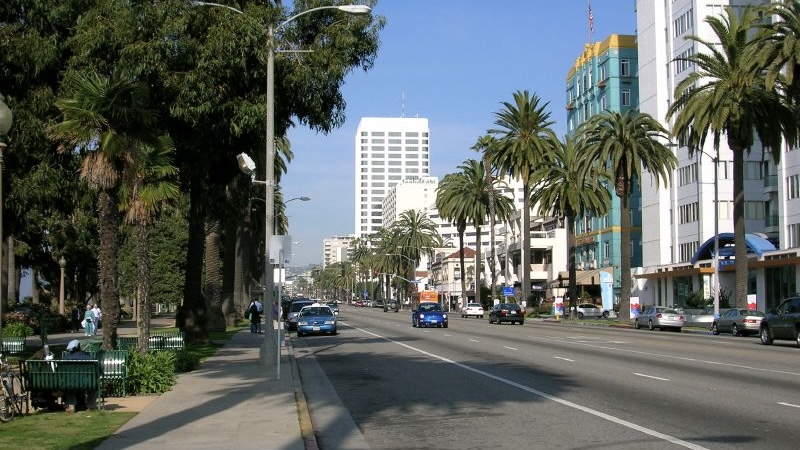On Ocean Avenue in Santa Monica, California, an old apartment building got a full makeover.
The affordable housing complex now has rooftop solar and new insulation, and it runs entirely on electricity, so residents do not use fossil fuels for heating or cooking.
Maggie Messerschmidt of Arup, a consulting firm, says this kind of retrofit reduces climate-warming carbon pollution.
And it can save people money on utility bills, improve indoor air quality, and reduce air leaks and drafts.
Messerschmidt: “Those thermal comfort benefits, those air quality benefits should be available to everyone …”
… regardless of income.
But affordable housing retrofits, like the one in Santa Monica, remain rare.
Messerschmidt says many building owners cannot cover the upfront cost or may see no incentive to invest if tenants are the ones saving money on utilities.
Messerschmidt: “And so that creates some of the issue of why decarbonization isn’t happening at the pace we want it to.”
Retrofits that do happen are usually funded by grants, which can be time-consuming to apply for. And projects may need multiple sources of financing.
So she says it will be important to come up with new ways of funding and incentivizing affordable housing retrofits – to help create healthy, efficient housing accessible to all.
Reporting credit: Sarah Kennedy / ChavoBart Digital Media
We help millions of people understand climate change and what to do about it. Help us reach even more people like you.
Source link


